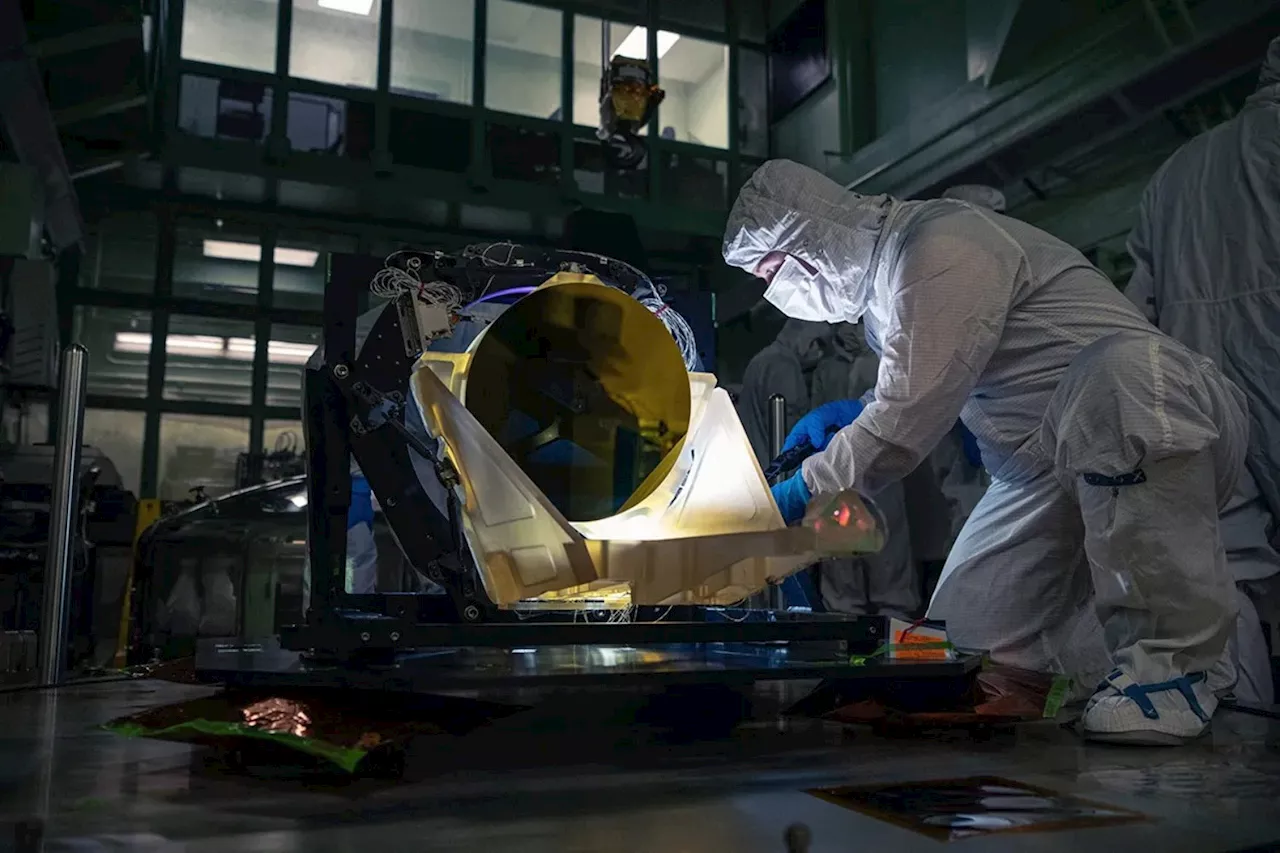LISA, a $1.6 billion gravitational wave observatory, will launch in the next decade and significantly advance our understanding of the universe. This space-based interferometer will use lasers to measure distances between three spacecraft, detecting low-frequency gravitational waves that are too faint for Earth-based detectors. LISA's data will provide insights into the sources of gravitational waves, the evolution of black holes, and the structure of the cosmos.
LISA, a $1.6 billion gravitational wave observatory set to launch next decade, will revolutionize the way we see gravitational waves—the infinitesimal perturbations of spacetime first predicted over a century ago and only detected eight years ago.and the engineering hurdles that must be overcome to get the futuristic craft into space.
“You need to maneuver the craft as the masses are falling, to make sure the spacecraft itself doesn’t drift into the masses and whack them, which would be terrible,” Ford added. NASA is providing several elements of LISA’s instrumentation, including its laser system, telescope systems, and the devices that will manage levels of electric charge on the test cubes.The frequency of orbiting objects is determined by how often they complete a full orbit around each other. Our gravitational wave detectors are good at detecting certain frequencies for a variety of reasons, but every existing detector has one major limitation: They’re stuck on Earth.
The black holes seen by pulsar timing arrays are typically billions of times the mass of the Sun and reside at the center of monster galaxies—they even dwarf Sagittarius A*, the black hole at the center of the Milky Way, which clocks in at roughly four million solar masses. If black holes were porridge, LISA would be Goldilocks. The mission will sniff out low frequency gravitational waves that are nigh impossible to differentiate from noise in Earth-based detectors.
GRAVITATIONAL WAVES SPACE TELESCOPE BLACK HOLES ASTROPHYSICS COSMOLOGY
United States Latest News, United States Headlines
Similar News:You can also read news stories similar to this one that we have collected from other news sources.
 Expert Not Convinced Mysterious, 8-Foot Ring of 'Space Junk' in Kenya Actually Came from SpaceScience and Technology News and Videos
Expert Not Convinced Mysterious, 8-Foot Ring of 'Space Junk' in Kenya Actually Came from SpaceScience and Technology News and Videos
Read more »
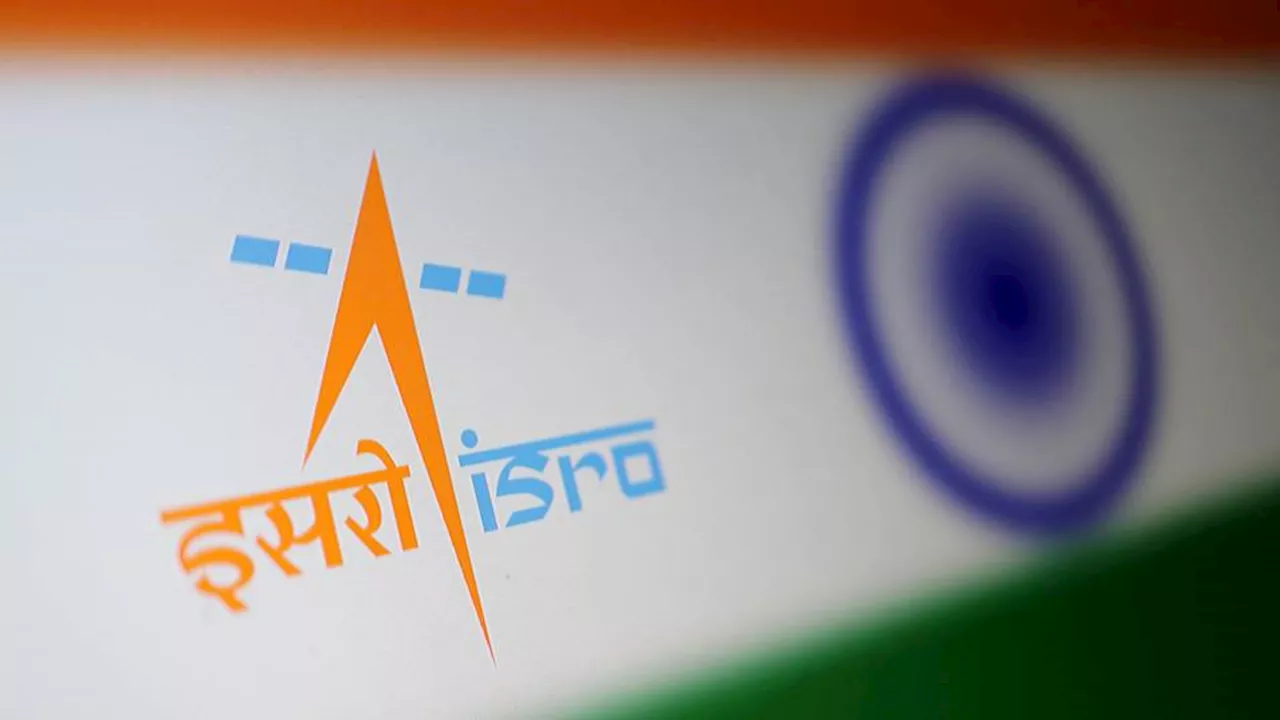 India Achieves Space Docking Milestone, Positions Itself as a Major Player in Space ExplorationIndia successfully conducted its first space docking experiment (SpaDeX), becoming the fourth nation in the world to achieve this technological feat. The experiment involved two satellites, Target and Chaser, which successfully docked and undocked in orbit. This achievement positions India as a significant player in the global space market and paves the way for ambitious future missions.
India Achieves Space Docking Milestone, Positions Itself as a Major Player in Space ExplorationIndia successfully conducted its first space docking experiment (SpaDeX), becoming the fourth nation in the world to achieve this technological feat. The experiment involved two satellites, Target and Chaser, which successfully docked and undocked in orbit. This achievement positions India as a significant player in the global space market and paves the way for ambitious future missions.
Read more »
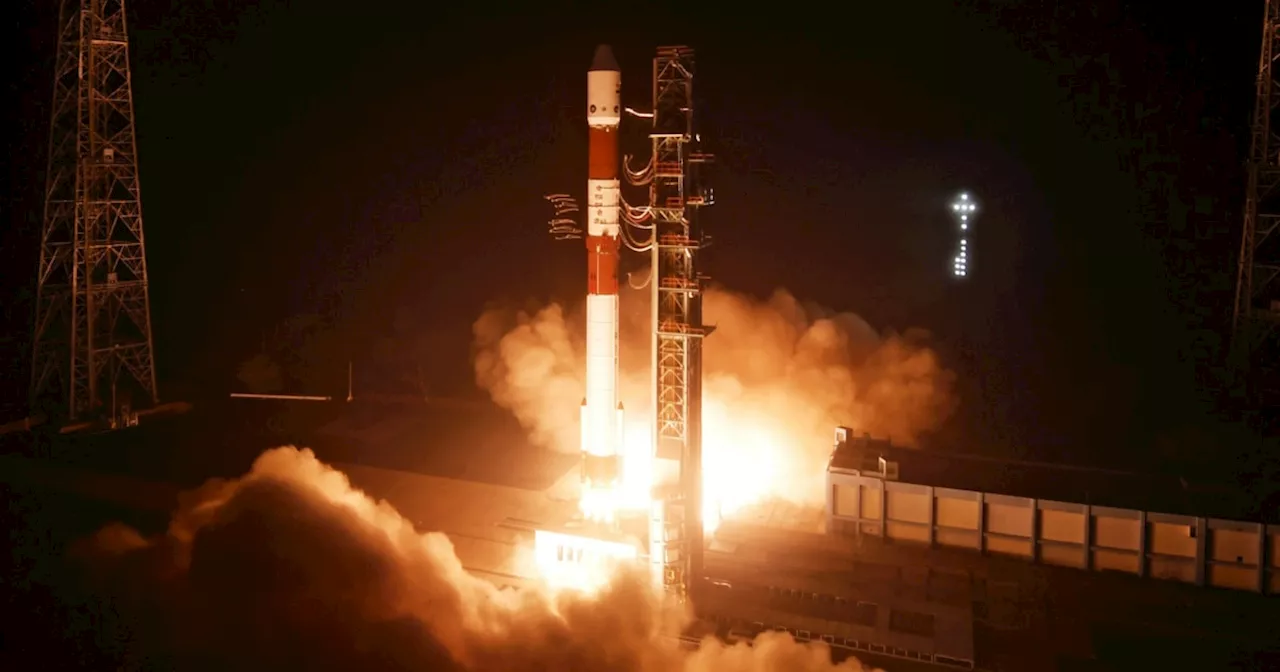 India Achieves Space Docking Milestone, Eyes Global Space MarketIndia successfully completed its Space Docking Experiment (SpaDeX), becoming the fourth nation to achieve this technological feat. The experiment, involving two satellites docking and undocking, positions India as a key player in the rapidly growing global space market. This milestone underscores India's ambition to expand its share in the commercial and exploratory frontiers of space.
India Achieves Space Docking Milestone, Eyes Global Space MarketIndia successfully completed its Space Docking Experiment (SpaDeX), becoming the fourth nation to achieve this technological feat. The experiment, involving two satellites docking and undocking, positions India as a key player in the rapidly growing global space market. This milestone underscores India's ambition to expand its share in the commercial and exploratory frontiers of space.
Read more »
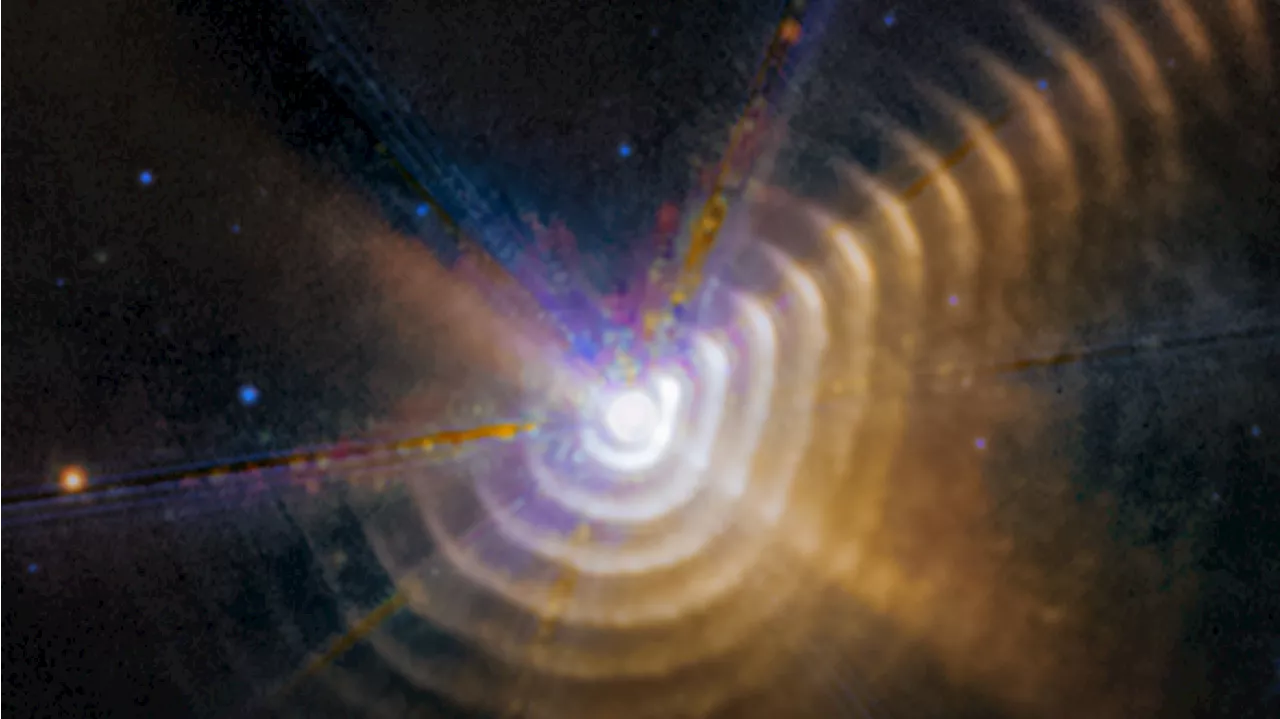 James Webb Space Telescope watches planet-forming dust shells zooming through spaceKeith Cooper is a freelance science journalist and editor in the United Kingdom, and has a degree in physics and astrophysics from the University of Manchester.
James Webb Space Telescope watches planet-forming dust shells zooming through spaceKeith Cooper is a freelance science journalist and editor in the United Kingdom, and has a degree in physics and astrophysics from the University of Manchester.
Read more »
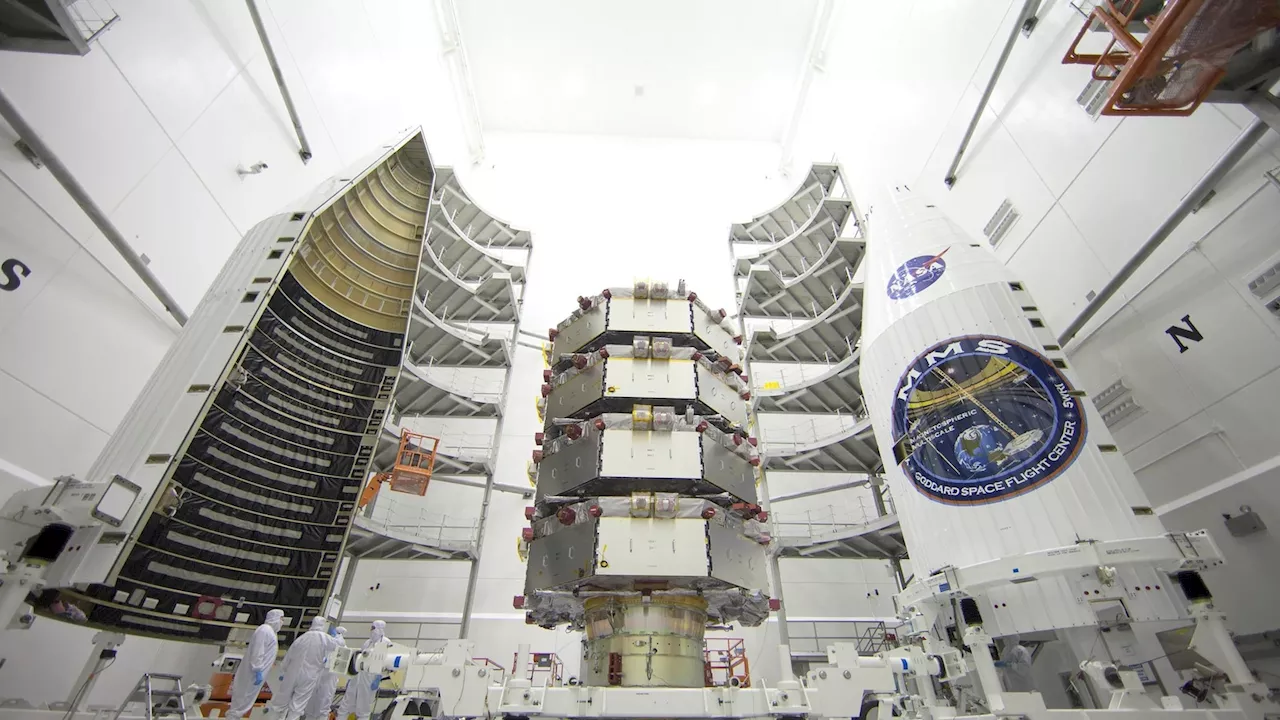 Space Chirps Detected at Record Distance, Challenging Our Understanding of Space PhysicsA team of researchers has detected chorus waves, a type of radio wave, at an unprecedented distance of over 62,000 miles from Earth. This finding pushes the boundaries of our knowledge about the Earth's magnetosphere and the physics governing these remote regions.
Space Chirps Detected at Record Distance, Challenging Our Understanding of Space PhysicsA team of researchers has detected chorus waves, a type of radio wave, at an unprecedented distance of over 62,000 miles from Earth. This finding pushes the boundaries of our knowledge about the Earth's magnetosphere and the physics governing these remote regions.
Read more »
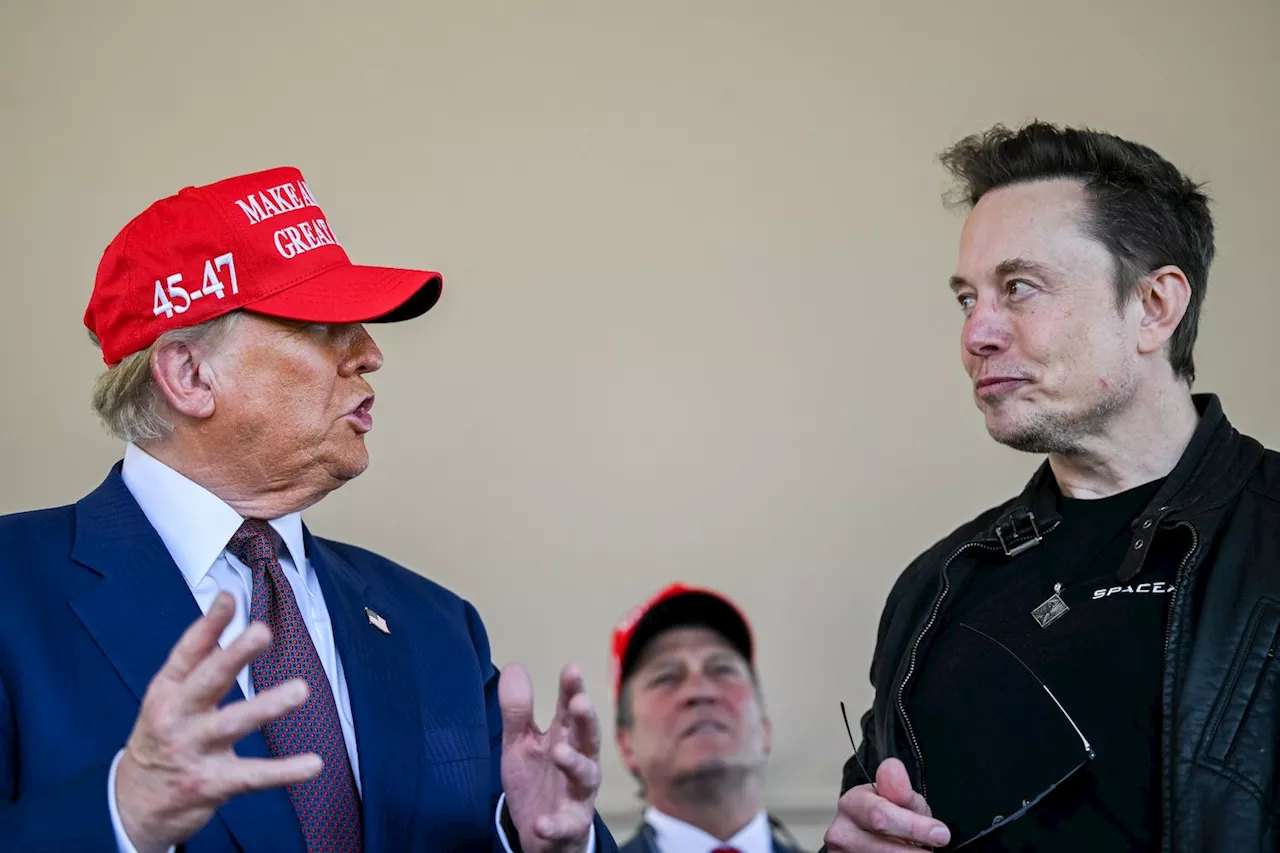 Trump May Dismantle National Space Council Amidst Push for Private Space IndustryPresident Donald Trump's administration is considering dismantling the National Space Council, a body tasked with overseeing and coordinating space policy, potentially signaling a shift towards a more privately-led space sector. The council was revived by Trump in 2017, playing a key role in establishing the U.S. Space Force and promoting a human return to the Moon. However, lobbyists at SpaceX, led by Elon Musk, reportedly view the council as a bureaucratic hindrance. The decision to potentially disband the council comes as Trump seeks to consolidate decision-making power within a smaller group of advisors and prioritize efficiency, as exemplified by the creation of the Department of Government Efficiency (DOGE). While the council's website currently displays a '404 page not found' error, its future remains uncertain.
Trump May Dismantle National Space Council Amidst Push for Private Space IndustryPresident Donald Trump's administration is considering dismantling the National Space Council, a body tasked with overseeing and coordinating space policy, potentially signaling a shift towards a more privately-led space sector. The council was revived by Trump in 2017, playing a key role in establishing the U.S. Space Force and promoting a human return to the Moon. However, lobbyists at SpaceX, led by Elon Musk, reportedly view the council as a bureaucratic hindrance. The decision to potentially disband the council comes as Trump seeks to consolidate decision-making power within a smaller group of advisors and prioritize efficiency, as exemplified by the creation of the Department of Government Efficiency (DOGE). While the council's website currently displays a '404 page not found' error, its future remains uncertain.
Read more »
